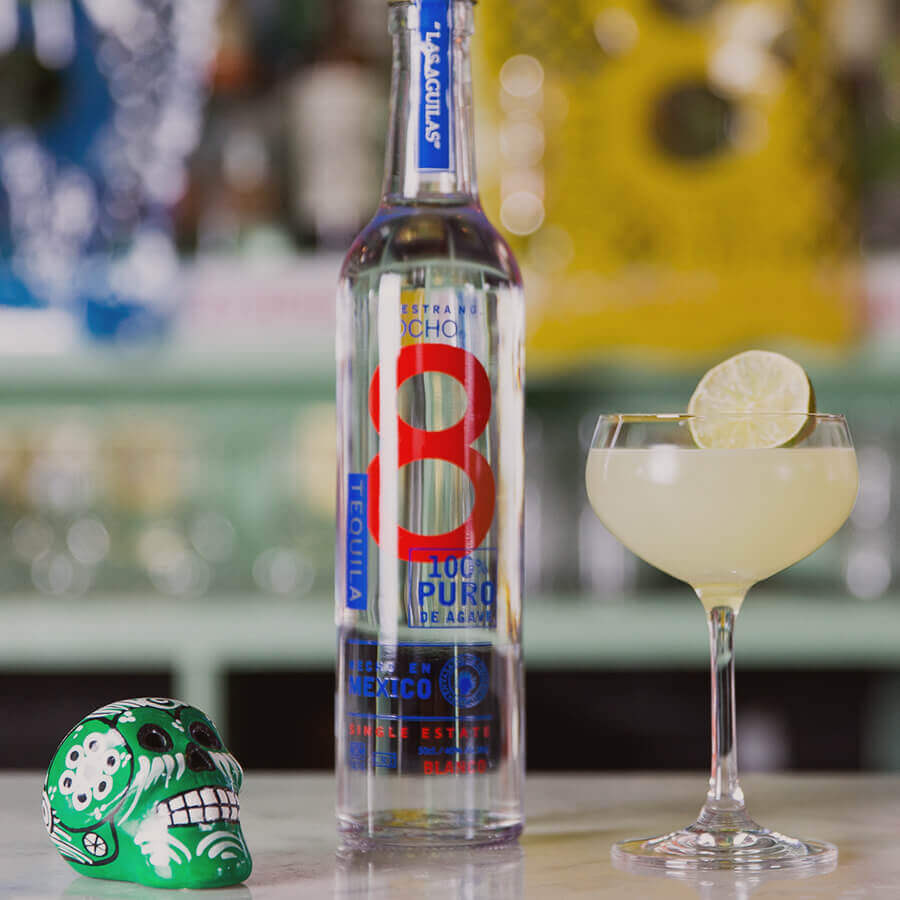Blanco

Blanco The original Tequila, un-aged with pure agave character



To the indigenous peoples of modern-day Mexico, the agave plant was sacred. Its leaves provided food and medicine, its fibres could be woven or burned for fuel. But perhaps its greatest value was its core, full of sap that could be fermented to create a drink called pulque. When European colonists brought distillation to the region in the 16th century this agave wine was distilled to create the first agave spirits – the precursor to modern Mexico’s most famous export, Tequila.

Mexico is home to numerous agave species, but only one is used to make Tequila. The blue Weber agave thrives in the state of Jalisco, where it has been cultivated around the town of Tequila for generations. Today, the Tequila valley and the Jaliscan Highlands of Los Altos are responsible for more than 90% of the Tequila we drink. These regions – as well as several smaller production areas outside of Jalisco – offer unique growing conditions that directly affect the flavour of the finished product.



It can take a decade or more for the blue agave to reach maturity and be ready to harvest. When the time comes, farmers known as jimadors cut away its spiky leaves to reveal the heart or piña – so-called because it resembles a pineapple. The piña is then steamed or roasted to develop the sugars within and crushed to extract its sweet, fermentable juice. Some producers add other sugars at this point to aid fermentation, but the highest grades of Tequila will proudly state that they are 100% blue agave.


Once the fermented agave juice – or mosto – has reached the desired alcohol content, usually between 4 and 10% abv, it is ready for distillation. Various still types are used, from modern columns capable of producing light, clean spirits to the small copper pot stills traditional in the region for centuries. Distilling once, and then a second time, leaves us with clear, aromatic spirit of around 55% abv. A little dilution to bring it down to drinking strength and we have blanco Tequila, the way it has been enjoyed for generations. ¡Salud!

The mid-20th century saw Tequila brands release their first aged expressions, usually filled into whiskey casks imported from the USA. This gave rise to reposado Tequila, rested for 2-12 months, and añejo Tequila aged for at least a year. Spirits mature rapidly in the Mexican climate, but some producers push the limits of cask ageing with extra añejo Tequilas, matured for at least three years. Age can bring remarkable richness and concentration but older isn’t necessarily better. It’s useful to think of fresh, grassy blancos and rich, buttery añejos as different styles with their own particular qualities.

Blanco The original Tequila, un-aged with pure agave character

Reposado Lightly aged in oak, likely to be softer with hints of vanilla

Añejo After at least 12 months in cask, these Tequilas are rich and rounded

Extra Añejo Exceptionally mature Tequila, with profound oak influence

You don’t need much to enjoy a good Tequila, just a tasting glass and some equally good company. That said, the complex character of agave spirits have always made them versatile cocktail ingredients. Drinks like the Margarita and the Paloma – which combine flavoursome agave with citrus and salt – have helped bring Tequila to new audiences around in the world. Rather than a G&T, try your favourite Tequila with soda water and a wedge of grapefruit – this simple agave highball is light, refreshing and the perfect drink to sip as day turns into evening.